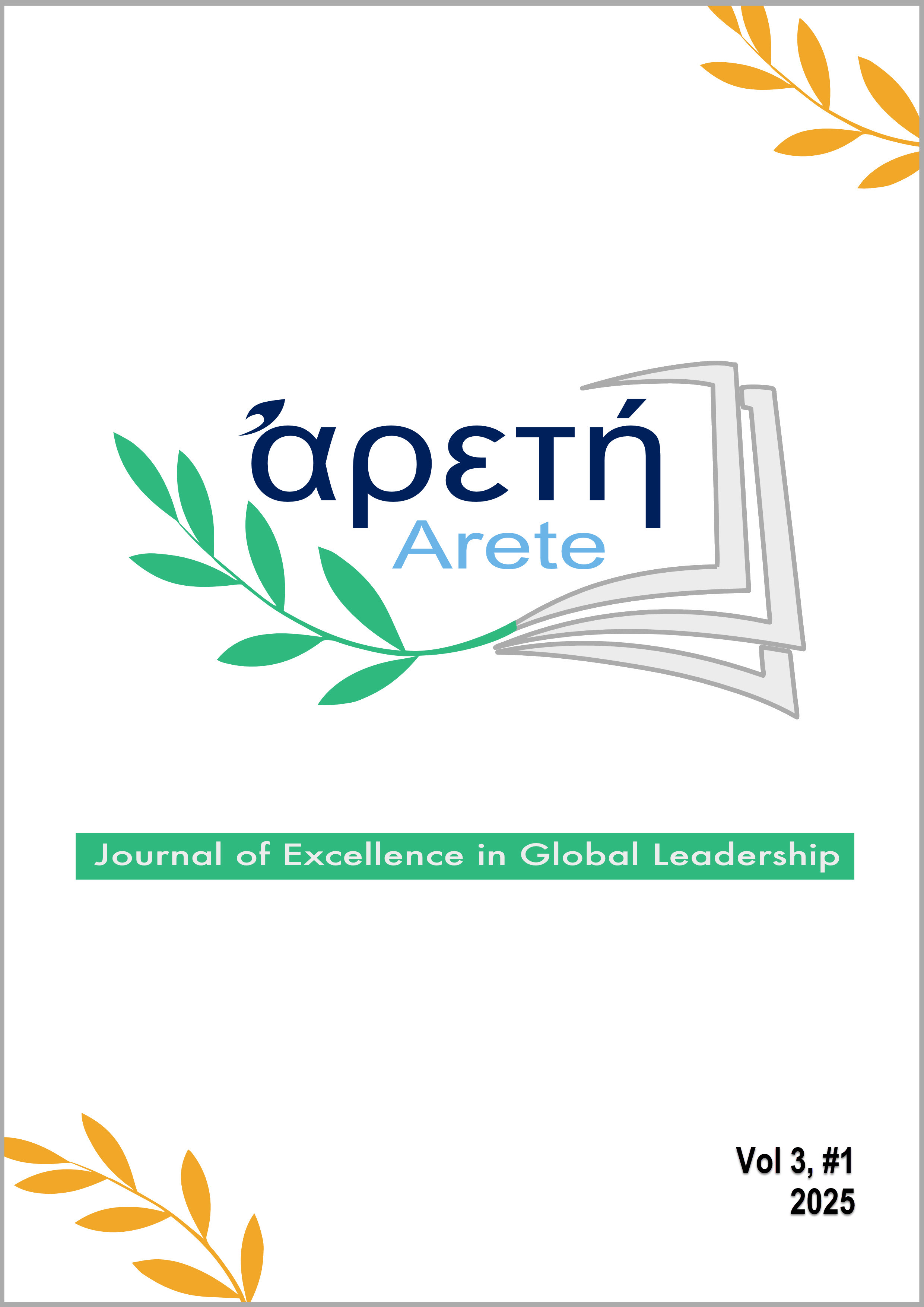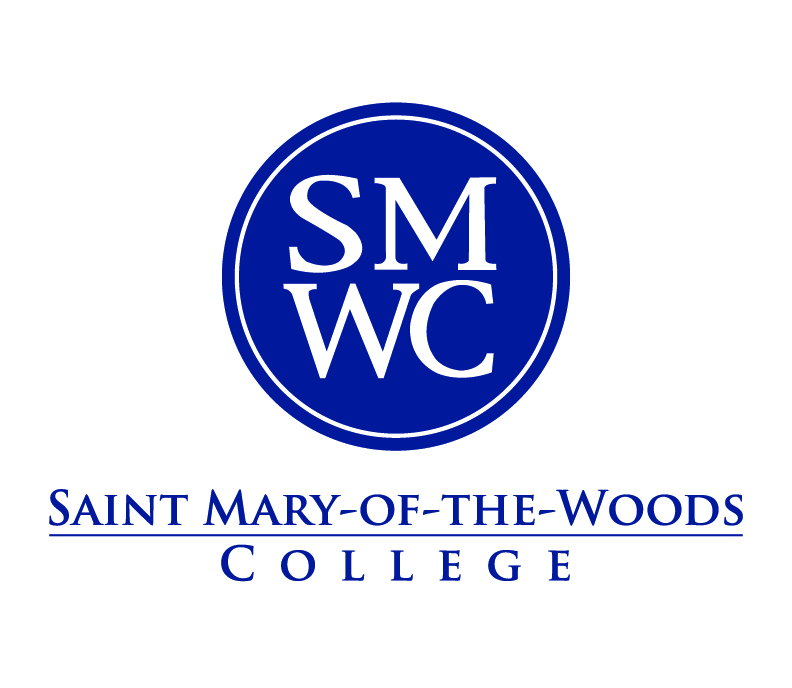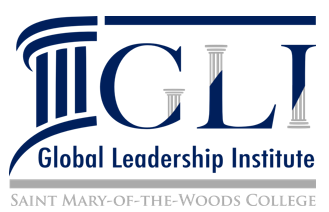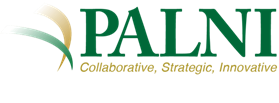Adaptive Leadership Part One
Ethical Leadership and Historical Roots
DOI:
https://doi.org/10.59319/arete.v3i1.915Keywords:
Adaptive Leadership Theory, Ethical Leadership Theory, Global Leadership, Organizational Development, AltrusimAbstract
Background: Adaptable leadership can be indispensable in times of change, crisis, and growth, however, much like its originating theory of ethical leadership, it can be misused while in practice and it can fail to live up to its potential. Understanding and applying the virtue of altruism helps to protect against the pitfalls of the practice that Heifetz identified. The authors argue that further connecting the practice to adjacent leadership theories while also connecting theory and practice, provide an ethical anchor while allowing the practice to operate inside of modern organizations. Objectives: Through this four-part series, the authors aim to enrich the understanding of adaptive leadership with this article focusing on the impact ethical leadership has had on the development of the practice. Approach: The authors will move readers through the ethical foundations and history of the practice (past), through modern uses including crisis leadership and shifting hierarchical structures (present), into further development and transformative leadership opportunities (future), ending in a case study to help develop leaders and their understanding of the theory (leadership as practice).
Downloads
Published
How to Cite
Issue
Section
License
Copyright (c) 2025 Eric Hubbard, Ph.D., Lisa Thatcher, Kourtney Barrett

This work is licensed under a Creative Commons Attribution-ShareAlike 4.0 International License.
The Αρετή (Arete) Journal of Excellence in Global Leadership is an open access journal and follows the Creative Commons License (CC-BY 4.0). Copyrights for articles published in this journal are retained by the authors, with first publication rights granted to the journal. The journal/publisher is not responsible for subsequent uses of the work. It is the author’s responsibility to act on any infringement. The journal is published in electronic format and the journal does not provide printed copies of the published issue.
More about CC-BY-4.0:
The CC-BY-4.0 is an attribution-ShareAlike license. It is considered a "copyright" free and open source. This license lets others remix, tweak, and build upon your work (even for commercial purposes) AS LONG AS they credit you and license their new creations under identical terms.











